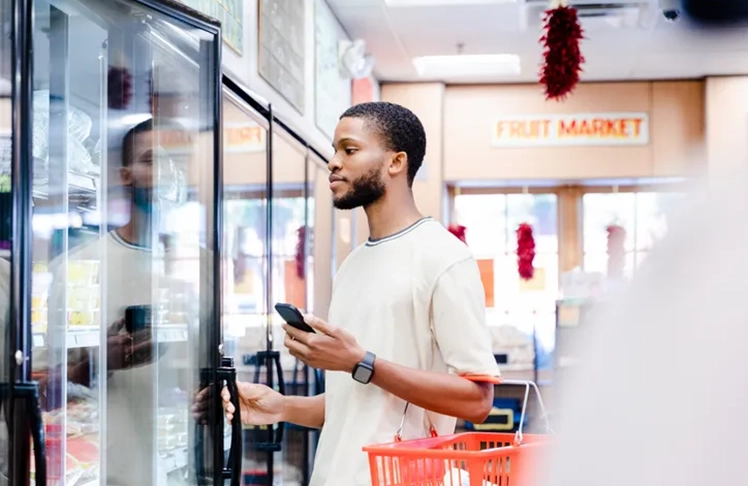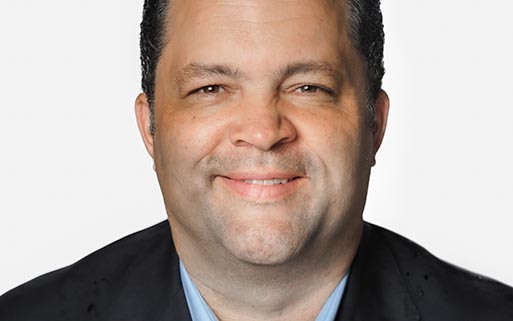
Anyone wondering why it feels like grocery shopping requires taking out a small loan isn’t imagining things. Grocery prices, which soared due to pandemic-era inflation, are still just too blankity-blanking high, and the federal government suspects food producers might be engaged in some lucrative price-gouging.
But for Black consumers, decades of supermarket redlining, disinvestment and racially-driven urban planning have put them in an even tighter financial squeeze in the grocery-store checkout lines.
Experts say Black households, on average, pay disproportionately higher prices than whites at the checkout line, with few options for bargain-hunting in food deserts and less access to fresh, nutritious food. Coupled with chronically high, post-pandemic inflation and food producers’ continued price spikes, they say, Black households are at greater risk of food insecurity than whites.
Although whites make up the bulk of the food-insecure population in the U.S. “food insecurity rates among Black individuals and Latino individuals exceed those of White individuals” nationwide, according to a report by Feeding America, a nonprofit. “These disparities are an example of how historical, social, economic and environmental factors have held many communities of color back, creating barriers to food security.”
At the same time, the Federal Trade Commission recently announced it will investigate the high cost of groceries that are straining the budgets of Black households. The investigation comes on the heels of a March FTC report that questions why prices have continued to rise amid what FTC Chair Lina Kahn this month called “enormous profits” for the commercial food industry.
Researchers say that, for decades, Black households have consistently been twice as likely as white households to experience food insecurity, and this trend continued in 2022, the latest year for available data. More than 1 in 5 Black families grappled with hunger, while around 1 in 10 white households did.
Several factors contribute to this disparity, including lower household incomes, higher unemployment rates and the seemingly intractable presence of food deserts — neighborhoods where residents have limited access to healthy, affordable food, particularly fresh fruits and vegetables.
Instead of full-service supermarkets or grocery stores, food desert residents must rely on convenience stores, bodegas or discount markets to buy groceries. Rather than fresh produce, those stores are more likely to stock limited supplies of highly processed food, prepackaged meats, sodas and salty snacks — and sell them at inflated prices — than stores in more affluent areas.
The lack of nutritious food in food deserts contributes to higher rates of diet-related diseases, such as obesity, diabetes, and hypertension, health challenges that disproportionately affect Black people.
That helps explain why Black consumer spending on food is projected to grow each year between 2021 and 2030, according to a 2022 report from the McKinsey Institute for Black Economic Mobility, a nonprofit policy center.
“[S]upermarket redlining—the disinclination of major grocery chains to open or maintain stores in disproportionately Black, low-income communities—limits choices while driving up prices for the food options that are available,” according to the report.
“Counties with higher-than-average Black populations tend to have more convenience stores and fewer fresh food options compared to counties with lower-than-average Black populations,” the report states. “Those counties have about 1.2 convenience stores for every convenience store in a county with a lower-than-average Black population.”
The federal government, along with several states, and nonprofit organizations, are working to end hunger in America.
Earlier this year, the Biden Administration launched its Challenge to End Hunger and Build Healthy Communities, with a goal of eradicating food insecurity. In June, Senators Bob Casey and John Fetterman, both Pennsylvania Democrats, introduced bills that would expand access to free or reduced-price meals for children. And the city of Minneapolis made food insecurity a part of its development plan for the city’s future.
Meanwhile, the FTC wants to know why grocery prices are still high although the supermarket industry has seen its costs decline and supply chains have improved. “We want to make sure that major businesses are not exploiting their power to inflate prices for American families at the grocery store,” says FTC’s Khan.















